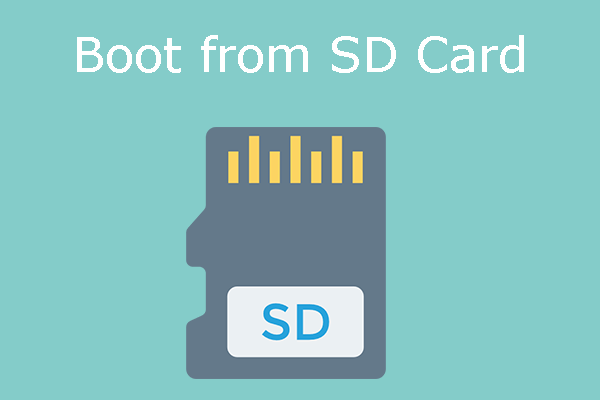


Where many people get hung up, particularly since the introduction of UEFI, is boot order. Therefore, you should be able to create a bootable SD card if you treat that external SD card reader as if it were a USB thumbdrive.īut if you need to have an external card reader and a SD card, it’s probably just easier to use a plain old USB thumbdrive to begin with. That being said, most SD card readers are, themselves, external devices you connect to your computer via a USB interface. As a result, it simply makes more sense to make the USB interface the next most logical boot device after the hard disk itself, or any optical drive. Most computers do have USB sockets, though. In reality, most computers don’t have a built-in SD card reader. If your computer has a built-in SD card reader, and your computer’s BIOS supports booting from that reader, then you’re good. It’s your computer’s BIOS that determines what devices you can boot from. In other words, it’s the BIOS that does the booting.

Aside from some housekeeping when it starts, it’s there and running the instant you turn on your computer.Ī BIOS has several different jobs, one of which is to load the operating system. The computer’s BIOS is built in to the hardware. What controls the booting process is the computer’s BIOS, or UEFI, the more powerful and secure BIOS-replacement on newer-model computers. Not only is Windows not involved at that point, it may be nowhere near the machine. Your machine could boot into Linux, or even some other operating system entirely. In fact, it doesn’t have to be Windows at all.

The boot process loads Windows 1, but booting starts before Windows is around. Windows doesn’t control the initial state of the boot process because Windows isn’t running yet. That’s our clue as to why Windows doesn’t so much care about what you boot from. Note that I said “load the operating system software”. It’s mostly about loading the operating system software, such as Windows, but can involve not only that but any software configured to run when a computer starts. In the realm of computing, to boot something means the process of starting up a computer or similar device from some inactive, initial state, to a working, functional state. To “boot” something is a term derived from “bootstrapping”, which in turn came from the phrase “to pull one’s self up by one’s bootstraps”. Let’s have a look at booting, who does what at boot time, and why you probably can boot from an SD card if you really want to. We need to start by clarifying something: the initial steps of booting your computer have nothing – or at least very little – to do with Windows. Windows doesn’t really care at all, for reasons that we often overlook.


 0 kommentar(er)
0 kommentar(er)
